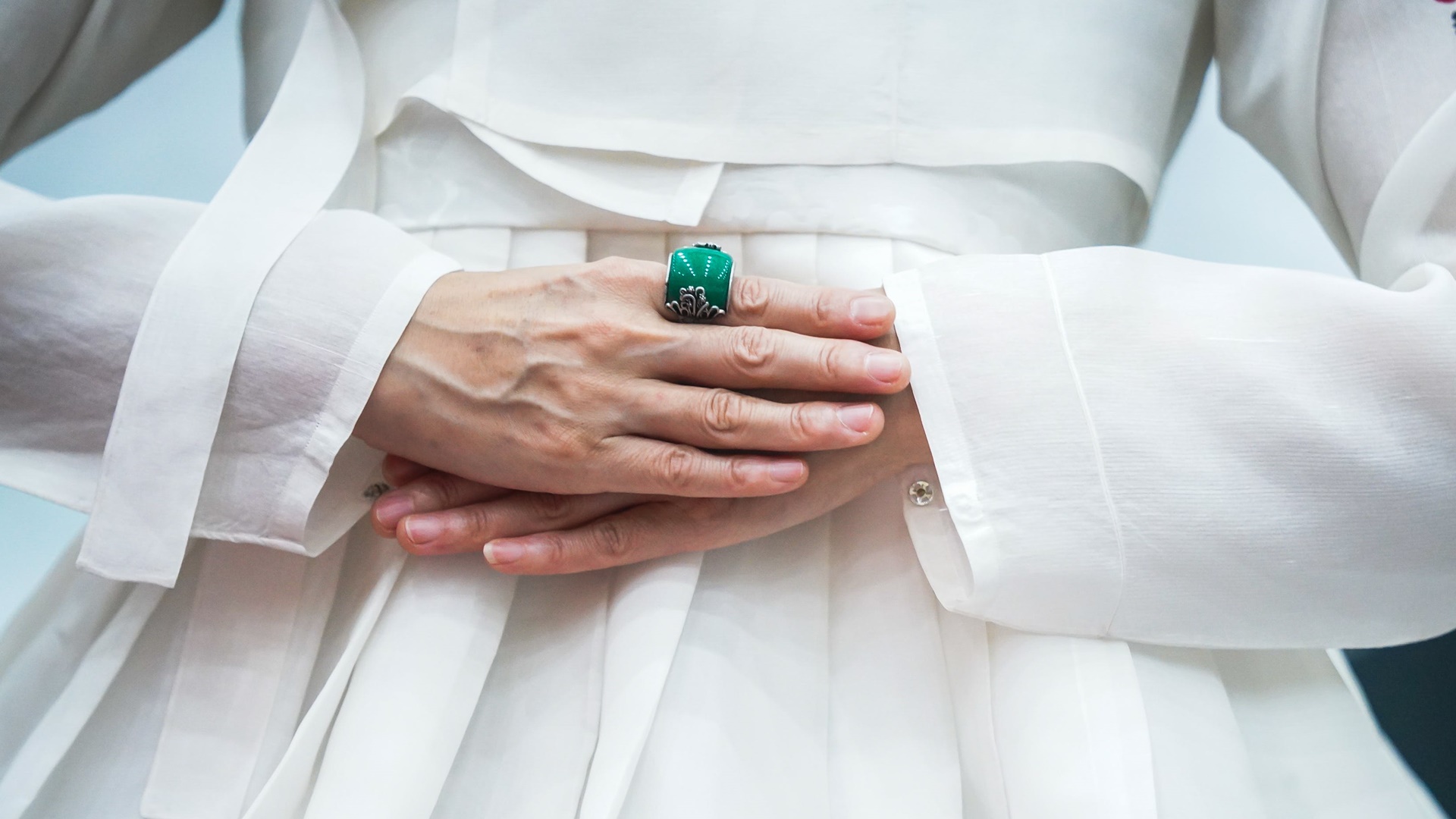For a Joseon Widow, Lonely Is the "Knight Flower"

Widows in the Joseon era, especially those from noble families, faced a very different reality. The currently airing Korean drama series Knight Flower (밤에 피는 꽃), which surpassed 10% in viewership ratings in just three episodes, details the troubles of a widow of 15 years. It’s not enough that a husband she never met died on her; she has to live with the nightmare that the slightest physical contact with another man could get her arm amputated or an eye gouged out. And her in-laws order her to eat minimally to keep her body pure and virtuous. She obeys woefully, lamenting that eating rabbit food once a day keeps her plugged and achieves the opposite of what they want (I sure know from experience how that goes. Eating only once a day to lose weight makes you constipated, causing bad skin and belly fat). She lacked freedom, almost in the literal sense. Going out in public during the day is something widows could only dream about, so she sneaks out at night in disguise to help people in need.
The ban on widows remarrying is a tradition handed down from the late Goryeo period. In the Joseon era, remaining chaste and faithful to a deceased husband became even more strict. If you joined your husband in death, you were deemed a virtuous woman and awarded a memorial gate, a family honor that comes with tax exemptions or civil positions bestowed upon family members. It is said that many murders were staged as suicides to claim that honor. Short of death, not much else can keep in check the basic human needs for companionship, love or lust. There was always the good old custom of kidnapping a widow by bundling her up in a blanket. Called bossam, it often involved a prearranged agreement between a man and a widow to start a new life together. And wait, there’s a drama for that: Bossam: Steal the Fate (보쌈-운명을 훔치다). As a custom within that tradition, a destitute widow can be seen at a village shrine with the front of her dress ribbon ripped off, waiting for a willing vagabond to sweep her off her feet in bossam and take her with him on his journey. Let’s hope she’s ready with a blanket when that happens.
Where there is oppression, there is art. Widows' suppressed desires continued to inspire many a story even years and years later. An example is — wait for it — the 90’s comic, erotic film What Is This For? (무엇에 쓰는 물건인고). It was one of the hottest films in demand at video rental shops back then. An odd item discovered in a widows’ village one day turns into a virile man at night, and all the widows fight tooth and nail to claim that item. The message is clear. You can’t keep the lid on an overheated pot. And a widow’s nights are long, and flowers bloom even at night.
Translator: Culture Flipper English Team
Original Content in Korean: cultureflipper.com/blog/for-a-widow-lonely-is-the-night-ko
01.24.2024

